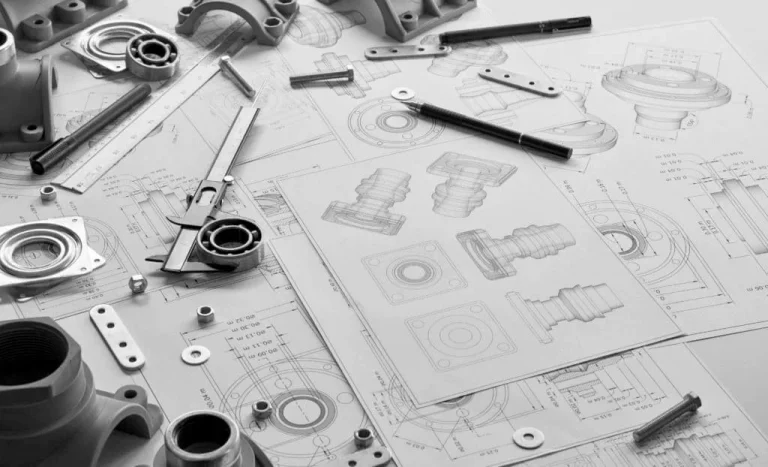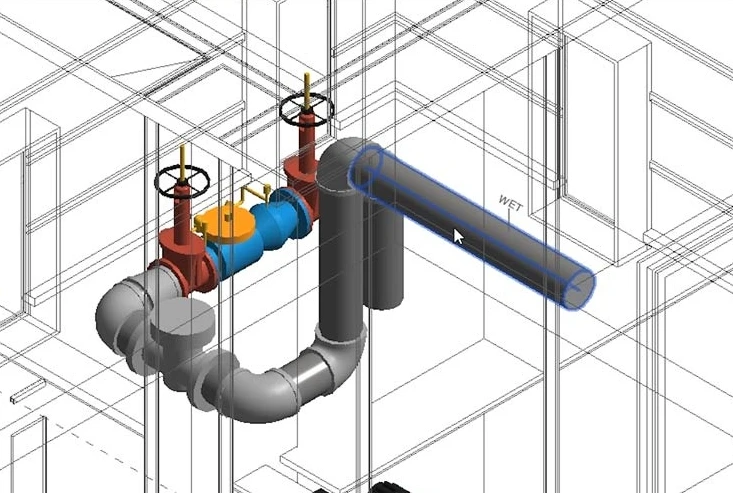What is a Preliminary Estimate in the Construction Industry?
A Preliminary Estimate plays a crucial role in the construction industry. These estimates act as a foundation for an accurate estimation process leading to productive planning. To explain it more elaborately, these estimates are performed in the initial stages of construction. You must know that these estimates are prepared based on limited information, rough project designs, and other relevant documents. Their purpose is to check how financially feasible a project is while paving the way for creating a practical budget for a construction project.
Difference between Preliminary Estimate and Detailed Estimate
Certainly, there are different types of estimates for a construction project. However, first you need to understand the magnitude of your project. Knowing this will help you understand better how much it will cost.
After figuring this out, you have to get a general idea about the cost of your project. This is where the Preliminary Estimation comes into play. They can provide you with a rough idea in the early stages. It is also sometimes referred to as the conceptual stage.
On the other hand, detailed estimates will tell you the number as close as possible to the actual cost.
Additionally, the level of detail between these two kinds of estimates is piles apart. In Preliminary Estimating, you will have an overall look not dealing with specifications. While in detailed estimations, it is quite the opposite as you have to cover each specification by breaking down and estimating each cost aspect.
This brings us to our next factor that is accuracy. As in Preliminary estimation the information is limited so the probability of accuracy will be lower. But that is not the case with detailed estimation, as I have all the information available to ensure accurate estimations.
ELEVATE YOUR KNOWLEDGE ABOUT PRELIMINARY AND DETAILED ESTIMATES WITH THE ABOVE DISCUSSION AND HAVE A BETTER UNDERSTANDING OF PRECISION!
Why A Preliminary Estimate is Important?
These estimates are of significant importance for the following reasons:
1) Decisions are more informed
These estimates provide essential information about how finances will perform for a construction project. Thus, enabling investors to make informed decisions about the viability of a project
2) Proactive Budget Planning
Although the information is limited, a Preliminary estimate can put you on the right track for budget planning. It can provide you with assistance on how to allocate resources and plan a budget in such a way that it remains financially stable till execution.
3) Helps to Identify Risks
An estimator with these estimates can identify any potential risks in the early stages. Thus, preventive risk management strategies can be applied in advance. Ensure the avoidance of delays or over expenditure.
What are Preliminary Estimating Techniques?
Now you are familiar with Preliminary Estimate Meaning and its importance, let’s have a look at some of its most commonly used techniques:
1) Cost per square foot technique
For creating a quick estimate, this technique is used. It multiplies the complete square footage of a construction project with roughly estimated cost per square foot.
2) Comparative Estimation Technique
An estimation done based on this technique uses a comparison approach. It compares a current project with similar completed projects.
3) Parametric Estimates
In this technique, a statistical relation is developed between variables to calculate cost estimates. It uses unit costs from past projects and adjusts them as per current project parameters.
GAIN KNOWLEDGE ABOUT HOW ESSENTIAL PRELIMINARY ESTIMATES AND ITS VARIOUS TECHNIQUES ARE!
What does a Preliminary Estimation Process dictate?
One of the primary reasons for doing a Preliminary estimation is to know how practical a construction project is financially. By providing an outline for the cost, investors will decide whether a project’s financial requirements can align with the budget or not. This is where a Preliminary Estimating Firm plays a paramount role.
Further discussion will help you better understand the accuracy level of these estimates. While preparing these estimates, a typical range is selected to express the level of accuracy, and this is how a Preliminary Quote is prepared. That range is from -9% to +20%. This means that the actual cost of a project may fall within 9% below or 20% above the estimates.
Closing Remarks
In summary, a preliminary estimate can be very helpful in checking a project’s financial condition in the initial phase. Also, this article will help you to gain a better perspective on these estimates. It discusses its importance, its purpose and most common techniques. It also mentions some key differences between the preliminary and detailed estimation process.
FAQs
Q) Can an early assessment be done with a preliminary estimation?
A) Yes, these estimates can provide you with a realistic early assessment of a construction project
Q) Can these estimates be updated?
A) Yes, they can be refined. As more information is available, these estimates can be updated accordingly.
Q) How many types of estimates are there?
A) Common practices for estimates are Preliminary, detailed, and final estimates.
Q) What is the most accurate technique for Preliminary estimates?
A) As a Preliminary estimate is done in the early stages of a project, each technique has a low ratio of accuracy
Q) How costly is preliminary estimation?
A) These estimates are not costly as they only provide information about the practicality of a construction project.







